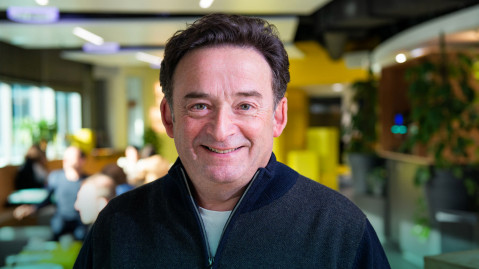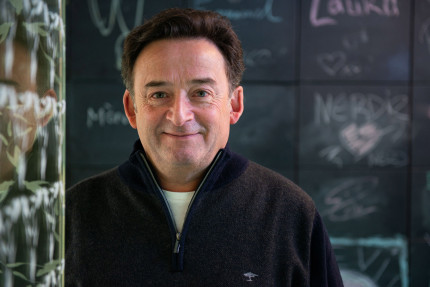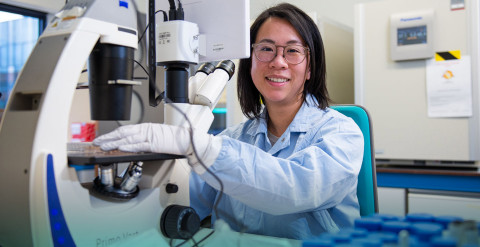Let’s start at the beginning. How did you meet Daniel de Boer, the other founder?
“It was through a mutual acquaintance actually. Daniel has a child with cystic fibrosis (CF), a rare genetic disease, and at the time he was already looking for funds to find a treatment. I had been involved in RNA therapies for years, having co-founded a company for Duchenne muscular dystrophy, and I really enjoy turning new scientific ideas into clinical reality. Our mutual friend had a keen eye for that, and he introduced us. We hit it off and we decided that we should try to find that CF treatment ourselves instead of just funding research. We found interesting technologies we were able to license in, for both CF and the retina as well. The rest is history, as they say.”



